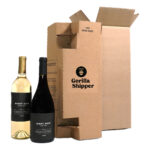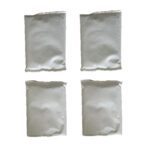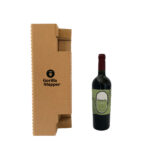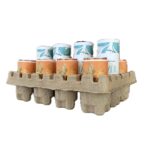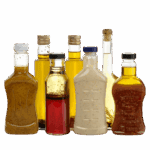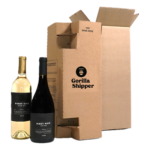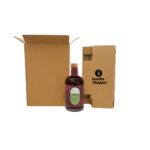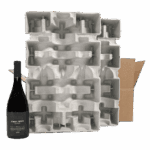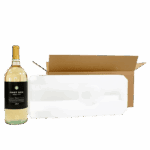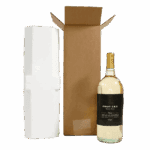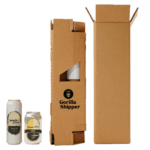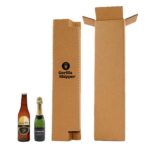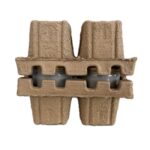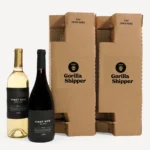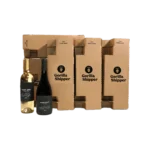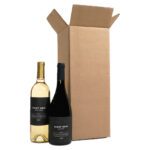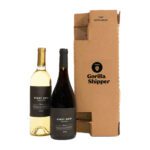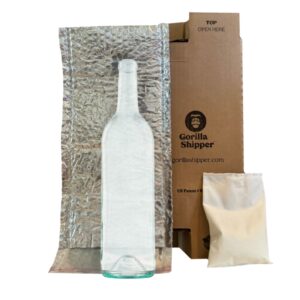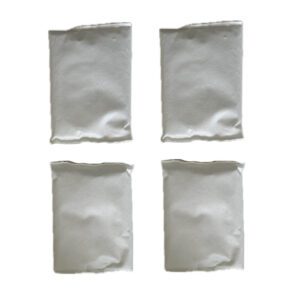5 Tips to Ship Wine in Winter
Winter is here ⏤ and that means more wine sales! But when temperatures drop, wine businesses face a new challenge: How to keep the wine from freezing during shipping? Wine needs to be stored in a specific temperature range to maintain its quality, and extreme cold can cause it to freeze.
Below, we’ll share five tips for shipping wine in winter successfully.
1 – Monitor Weather Conditions
Wine is a living product. It is subject to deterioration if not stored or shipped under the proper conditions. To protect a wine’s integrity and taste, you must know about optimal wine temperatures and check the weather along the route to the destination.
The ideal storage temperature for wine in winter is between 55-57°F (13-14°C). This temperature range strikes a balance between aging too slowly or quickly. Wine stored in colder conditions will age slowly while developing more complex flavors. However, if the temperature dips too low, the wine can freeze and get damaged beyond repair.
If you plan to ship long distances, it is wise to monitor temperatures along the expected route before sending the product. To monitor the weather, you can turn to sources like The National Weather Service, which offers daily forecasts of expected lows and highs. Having accurate meteorological information helps you avoid shipping in times of inclement weather.
2 – Use Styrofoam Wine Shippers
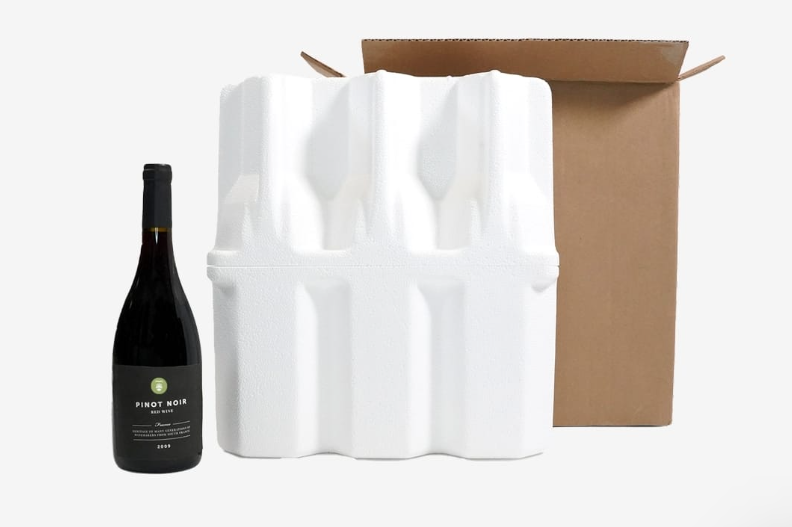
Cold weather not only deteriorates wine quality but can also break the products during shipping.
Exposure to temperatures below freezing can cause wine bottles to crack as the liquid inside expands and puts pressure on the glass. In addition, wine corks are also susceptible to damage from cold weather. If wine freezes, it can get pushed out of the bottle and cause spillage. In the end, you’ll end up having to replace the product, leading to lost profits and customers.
To protect your wine from freezing, it’s essential to use packaging solutions that help maintain ideal temperatures. Due to their insulating properties, styrofoam shippers are an excellent option for shipping wine in winter. While they are not the most eco-friendly packaging solution, they help maintain constant temperatures to protect the integrity of your products.
#3 – Ship Wine Early in the Week
Many wine distributors don’t realize there are distinct benefits to shipping wine on Monday or Tuesday. For one, these days are typically less busy for carriers, which means they can devote more time and attention to your shipment.
If you ship earlier in the week, your shipment is less likely to experience any delays and will avoid unnecessary exposure to the elements. Having your products sit in a warehouse over the weekend is not ideal for shipping wine in cold weather. So schedule your shipments at the beginning of the week.
If weather conditions require faster delivery, consider using Next Day Air. Ground shipping is typically the most economical option for shipping wine in winter. However, next-day air shipping is the way to go for a speedy and hassle-free option. Your shipments will arrive at their destination quickly, and you can increase the likelihood that your wine will remain safe and uncompromised.
To reduce the risk even further, consider sending your wine to a business address for pickup. This eliminates the risk of wine sitting outside in below-freezing temperatures.
#4 – Pick a Carrier With Temperature Controlled Services
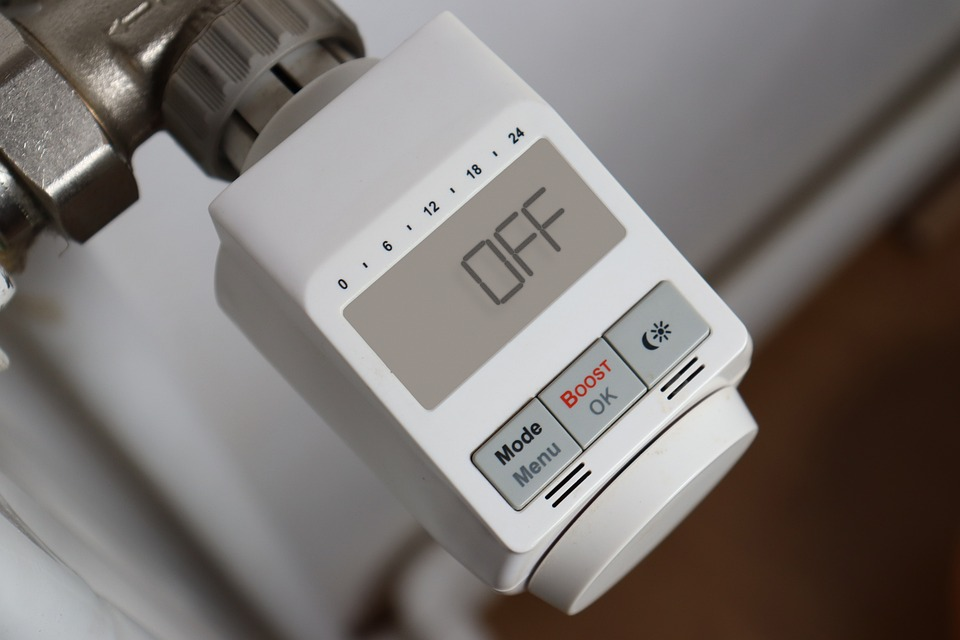
When shipping wine in winter, the last thing you want to happen is your products getting ruined in transit. But how can you be sure that your shipping carrier is doing everything possible to protect your wine? The answer lies in climate-controlled facilities and transport vehicles.
Ask potential carriers if they have a state-of-the-art storage management system that controls temperature and humidity at their facilities. And you’ll also need to know if they have a modern fleet of transport vehicles with temperature and humidity control features.
In addition, when determining whether to ship your wine via ground or air during cold weather, analyze the conditions for each shipment. Ground shipping is less expensive but takes longer, while air shipping is more expensive but faster and generally more reliable.
Shipping wine in cold weather by truck or rail is acceptable during above-freezing temperatures. However, if you must ship wine in below-freezing temperatures, it’s better to transport them by air.
#5 – Ship Wine in Larger Quantities
Extreme cold in winter harms wine products especially if the wine is in glass bottles. If you’re in the wine business, consider shipping your products in large quantities.
One-bottle and two-bottle wine shippers are more susceptible to breakage in extreme cold than six– and twelve-bottle cases. That’s because the smaller the unit, the more surface area is exposed to the cold air. As a result, the glass can expand and contract, leading to breakage.
Higher-unit bottle cases are less likely to suffer from breakage because they have less surface area exposed to cold air. As a result, the wine is less likely to freeze or break during transport. Plus, you get the added benefit of increased value when you ship in bulk by pallet.
Ship Wine in Winter With Gorilla Shippers
As you can see, shipping wine in winter requires careful planning. You must ship at the right time with insulating packaging materials to deliver your wine in pristine condition. Follow these guidelines whenever you plan to ship wine in cold weather to keep your customers coming back again and again.
If you need wine packaging for cold weather, look no further than Gorilla Shipper. We offer styrofoam packaging solutions for wine bottles of all sizes. Our styrofoam products are ISTA 6-FEDEX-A test certified and recommended by UPS and FedEx for shipping bottled products. We also offer discounts on bulk orders. Contact us if you have any questions.

